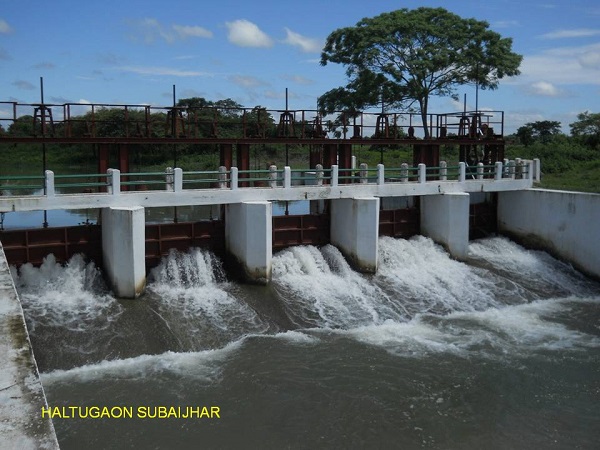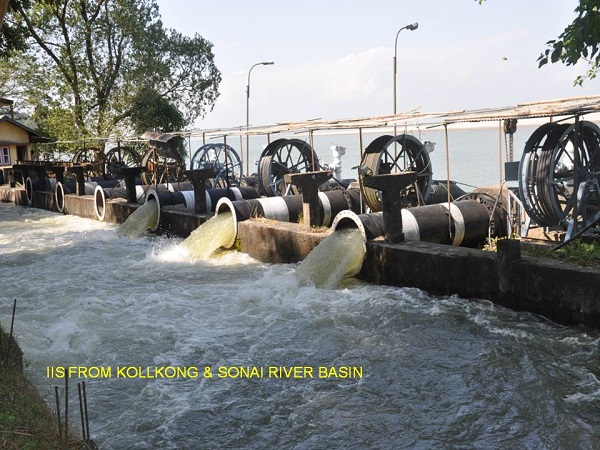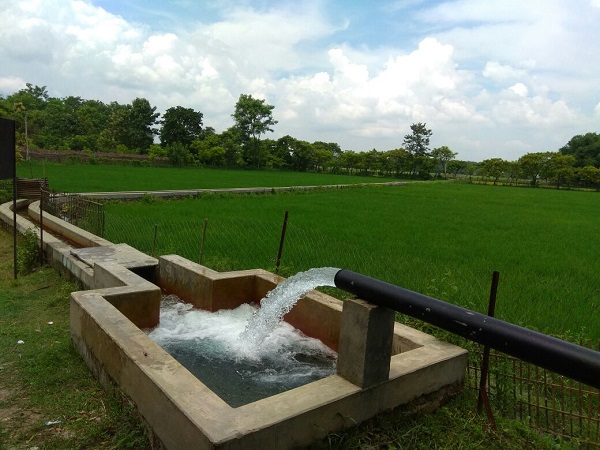Popular Systems of Irrigation
Gravity/Flow Irrigation System
Water is headed up at upstream of Head works and thereby diverted to canal system. The water is conveyed to the field by gravity only. Such irrigation scheme consists of Head works across river and canal network. The scheme is more useful although the capital cost is high. It requires low maintenance cost. No power supply is necessary; rather, some schemes generate power.

Lift Irrigation System
In this system water is lifted by pumps either from river/reservoir and then diverted to canal network. Such schemes may be electrically operated or diesel driven or powered by solar energy.

Ground Water Irrigation System
Tube well irrigation is the most economical method of utilizing ground water resource. Like above, these types of schemes can also be operated either by electrical, diesel or solar power. The total replenisable ground water potential for the state of Assam has been assessed as 22,47,883 Ha. m. Out of this 19,10,691 Ha. m. has been allocated to irrigation sector. A total of 2,10,165 no. of shallow tube wells and 1496 nos. of deep tube wells have been installed in the state. Total ground water utilized from the above tube wells is 2,23,722.80 Ha. m. annually. The percentage utilization is 11.71%.

Drip Irrigation System:
Drip irrigation system delivers water to the crop using a network of mainlines, sub-mains and lateral lines with emission points spaced along their lengths. Each dripper/emitter, orifice supplies a measured, precisely controlled uniform application of water, nutrients, and other required growth substances directly into the root zone of the plant.
Dug-well:
It covers ordinary open wells of varying dimension dug or sunk from the ground surface into water bearing stratum to extract water for irrigation purposes. These are broadly masonry wells, kuchcha wells and dug-cum-bore wells. Most of such schemes are of private nature belonging to individual cultivator.
Shallow tube-well :
It consists of a bore hole built into ground with the purpose of tapping ground water from porous zones. The tube wells are generally operated for 6 to 8 hours during irrigation season and give yield of 100-300 cubic meters per day, which is roughly 2 to 3 times that of a dug well. Their CCA may go up to 15 hectares.
Deep tube wells:
It usually extends to the depth of more than 70 meter and is designed to give a discharge of 100 to 200 cubic meters per hour. Their CCA may go up to 50 hectares.
